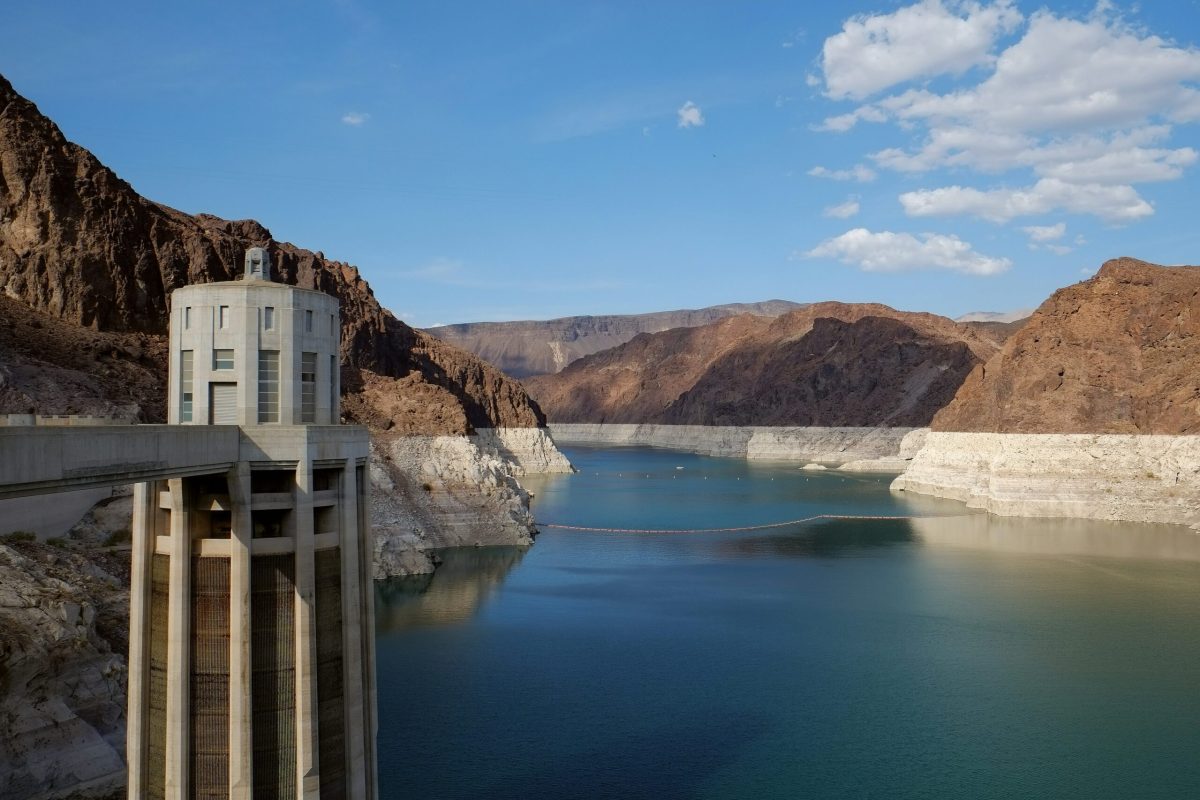As businesses navigate increasing environmental regulations, market pressures, and stakeholder expectations, many are turning to environmental credits as a practical, market-driven solution. Whether you’re in heavy industry, energy, agriculture, land development, or transportation, understanding how environmental credits work—and how to strategically use them—can open new doors for both sustainability and business growth.
What Are Environmental Credits?
Environmental credits are tradable instruments that represent a verified environmental benefit—such as reducing greenhouse gas emissions, generating clean energy, improving water quality, or protecting ecosystems. These credits are created when an organization takes measurable action to reduce environmental harm or enhance natural resources and can then be sold or used to offset other environmental impacts.
Companies may use credits to meet government regulations, reduce their carbon footprint, achieve internal sustainability goals, or enhance their environmental, social, and governance (ESG) profile. Credit markets help align environmental responsibility with economic incentives—encouraging investment in cleaner, more sustainable practices.
Common Types of Environmental Credits
There are several categories of environmental credits, each designed to address specific environmental challenges:
- Carbon Credits: Represent one metric ton of carbon dioxide (or equivalent gases) reduced or removed from the atmosphere–effectively serving as a unit of carbon emission reduction or carbon offset. They are a core component of emission trading systems and are widely used in both compliance and voluntary carbon markets.
- Renewable Energy Credits (RECs): Issued when one megawatt-hour (MWh) of electricity is generated from renewable sources. RECs help organizations claim the use of green power.
- Water Quality Credits: Created when landowners or businesses reduce pollutants entering waterways, such as through improved agricultural practices, stormwater management, or water replenishment.
- Conservation and Biodiversity Credits: Support the protection or restoration of natural habitats and are often used to offset environmental impacts of development under conservation laws or habitat plans.
Why Environmental Credits Matter
Environmental credits offer powerful benefits to both businesses and society:
Regulatory Compliance
Environmental credits offer businesses a flexible and cost-effective way to meet local, national, and international environmental regulations. For example, in carbon markets governed by cap-and-trade systems, such as those in California and the EU, companies must stay within emissions limits or purchase carbon credits to make up the difference. Businesses can buy verified carbon offsets to meet short-term compliance goals while planning long-term reductions.
Carbon Footprint Reduction
For businesses seeking to reduce their carbon footprint, environmental credits offer a bridge between operational realities and long-term climate goals. Not all emissions can be eliminated immediately—particularly in sectors like construction, energy, logistics, and manufacturing. Purchasing offsets or participating in credit markets helps mitigate these impacts now while companies invest in cleaner technology and process improvements over time.
Financial Opportunities
Organizations that proactively reduce emissions, restore natural ecosystems, or invest in clean energy can generate credits to sell in established markets. For instance, landowners who practice regenerative agriculture or reforest degraded land can issue carbon credits through voluntary registries like Verra or the Gold Standard. These credits can then be sold to companies seeking to offset their carbon footprint. This creates a new revenue stream while funding projects with measurable environmental impact.
Enhanced Sustainability Profile
In today’s market, customers, investors, and regulators increasingly expect transparency and accountability in sustainability efforts. Environmental credits—especially when tied to a robust ESG strategy—help businesses signal climate leadership and commitment to real-world impact. Purchasing renewable energy credits (RECs), investing in carbon offsets, or participating in emission trading markets demonstrates action beyond rhetoric and supports third-party verification of environmental claims.
Environmental and Social Impact
Beyond business advantages, environmental credits directly fund projects that improve air and water quality, restore biodiversity, and support vulnerable communities. Many nature-based solutions—such as forest preservation, mangrove restoration, or sustainable farming—create co-benefits like carbon removal, habitat protection, and rural economic development. These outcomes contribute to broader climate resilience and environmental justice goals.
What the Future Holds
Environmental credit markets are evolving rapidly. Demand is growing as more companies commit to net-zero goals, governments tighten regulations, and consumers prioritize sustainability. At the same time, technologies like remote sensing, satellite data, and blockchain are improving transparency and accountability in how credits are created, verified, and traded.
Nature-based solutions—like forest conservation, regenerative agriculture, and wetlands restoration—are becoming especially valuable as they offer multiple co-benefits: carbon removal, ecosystem services, and social impact.
Whether you’re looking to offset emissions, generate credits, or integrate environmental strategy into project planning, partnering with experienced environmental consultants or credit brokers is key. With the right guidance, environmental credits can become more than a compliance tool—they can be a catalyst for innovation, resilience, and long-term value.


